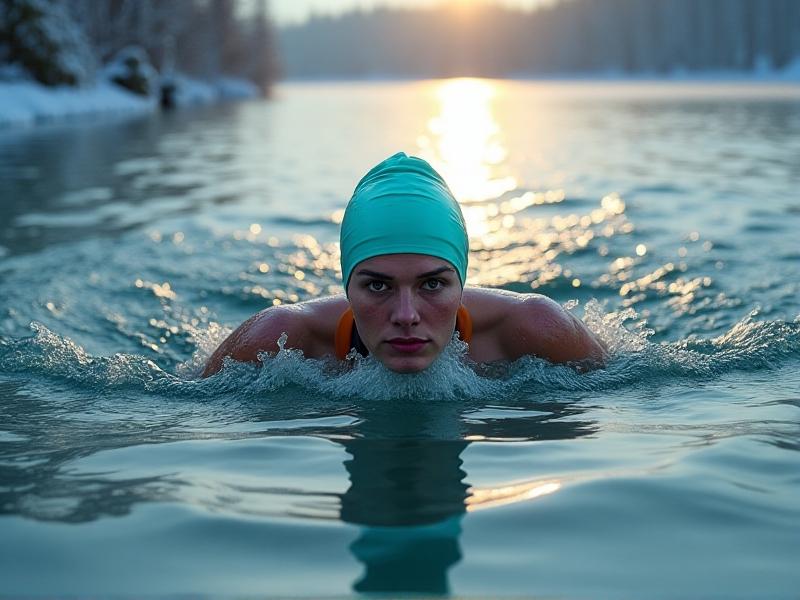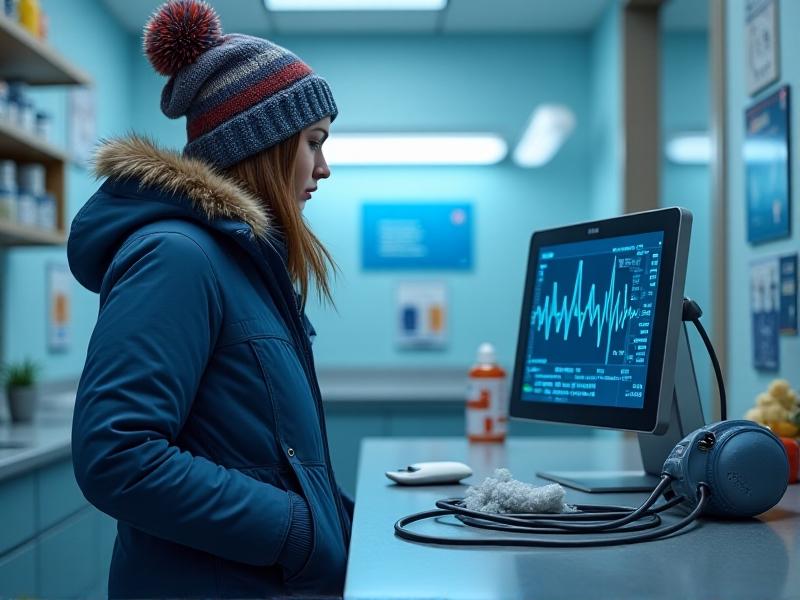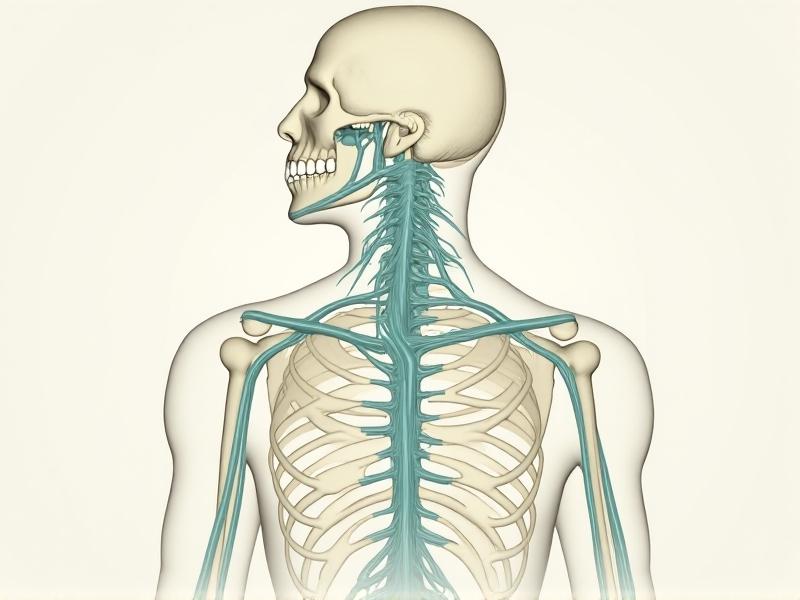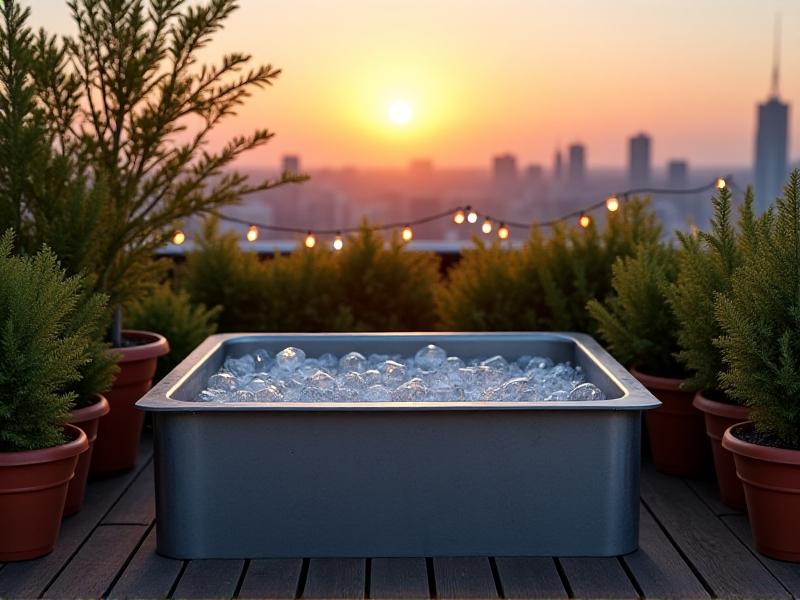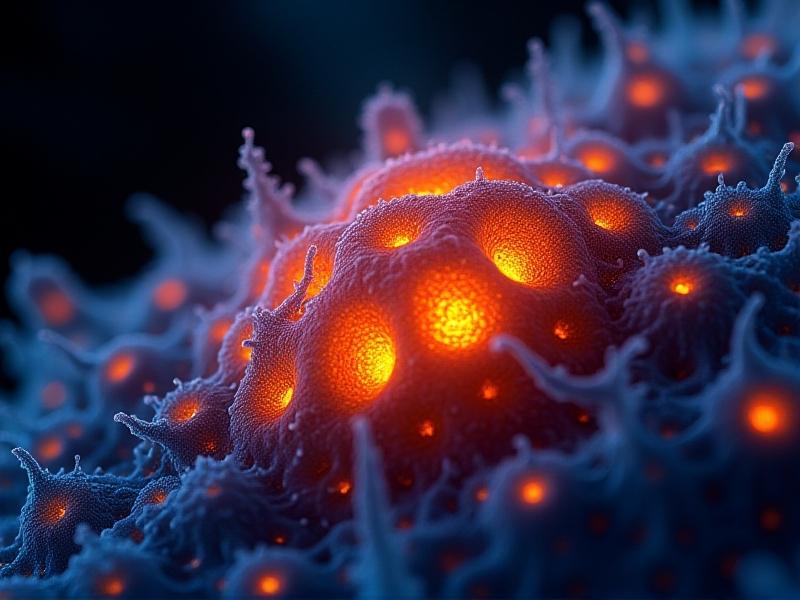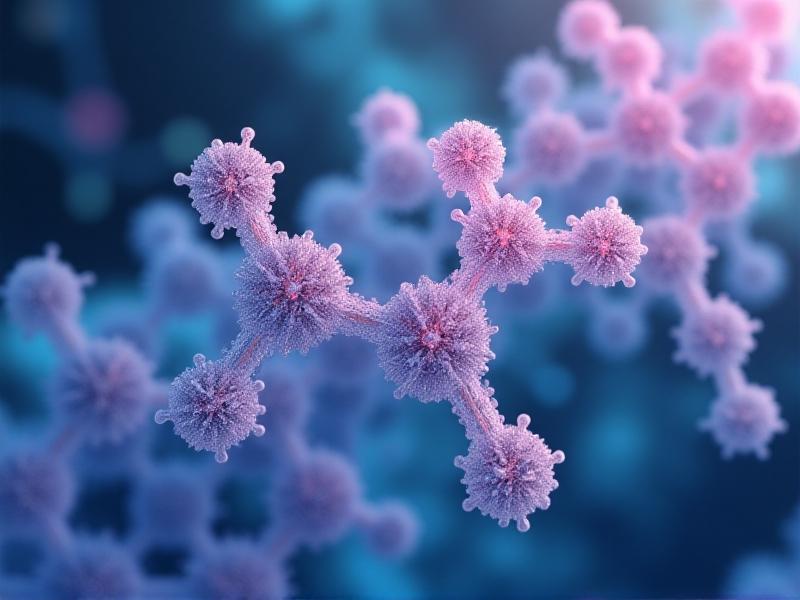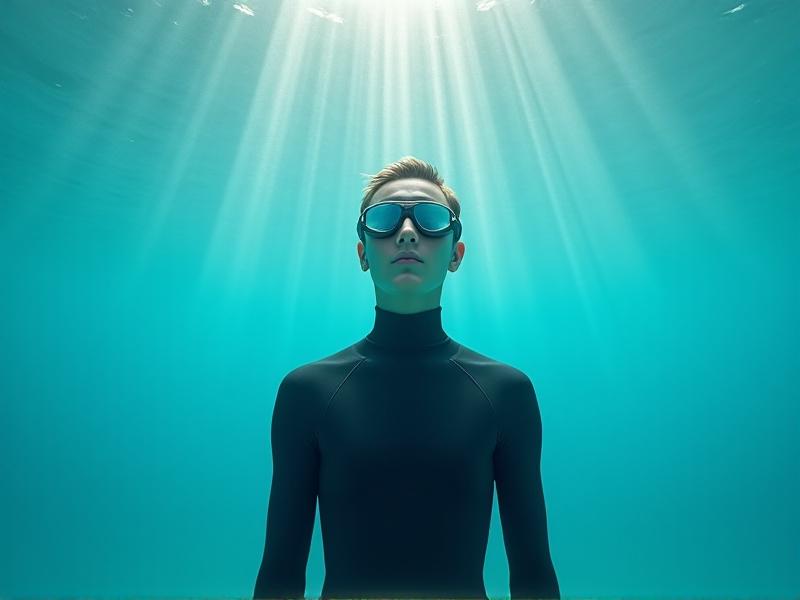Cold Water Exposure for Jet Lag Recovery
Understanding Jet Lag and the Body’s Circadian Clock
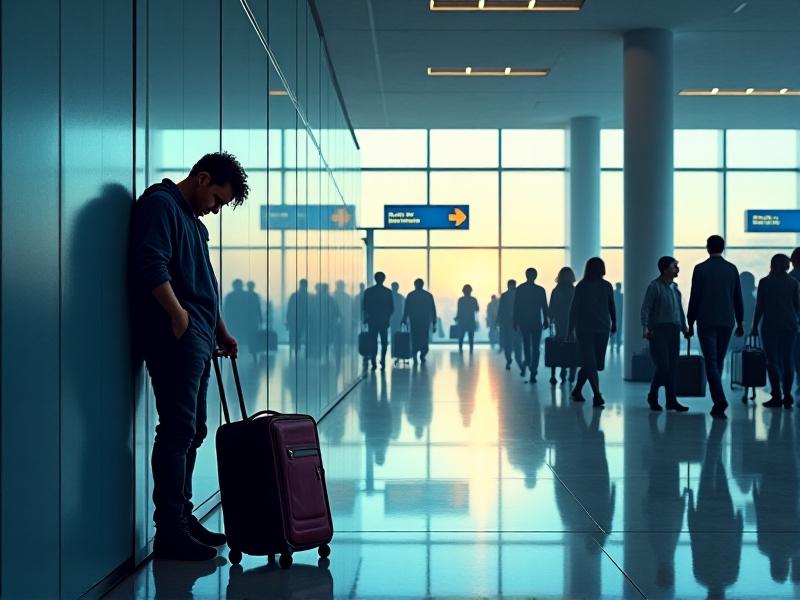
Jet lag occurs when rapid travel across time zones disrupts the body’s circadian rhythm, an internal 24-hour clock regulating sleep, digestion, and hormone release. Symptoms like fatigue, brain fog, and irritability stem from misalignment between external cues (light, meals) and internal cycles. The suprachiasmatic nucleus (SCN) in the hypothalamus relies on sunlight to synchronize physiological processes. When this alignment falters, melatonin production and core body temperature fluctuations lag, prolonging adjustment. Frequent travelers and shift workers face heightened risks, as chronic circadian disruption can impair cognitive function and metabolic health.
How Cold Water Exposure Influences Physiology
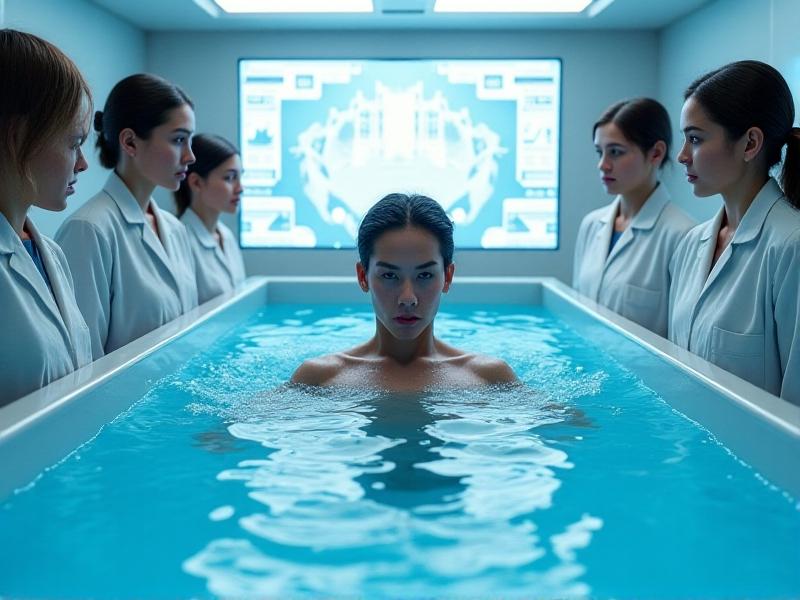
Cold water immersion triggers a systemic shock response, activating the sympathetic nervous system and releasing adrenaline and norepinephrine. These hormones sharpen focus, increase alertness, and elevate heart rate—counteracting jet lag’s lethargy. Simultaneously, cold exposure stimulates thermogenesis, where brown adipose tissue burns calories to generate heat. This process may help recalibrate the body’s temperature rhythm, a key circadian cue. Studies suggest repeated cold exposure enhances vagal tone, improving resilience to stress. However, timing and duration are critical; sessions exceeding 15 minutes risk hypothermia, while brief exposures (2–5 minutes) optimize adaptive benefits without overtaxing the body.
Timing Cold Exposure to Reset Your Internal Clock
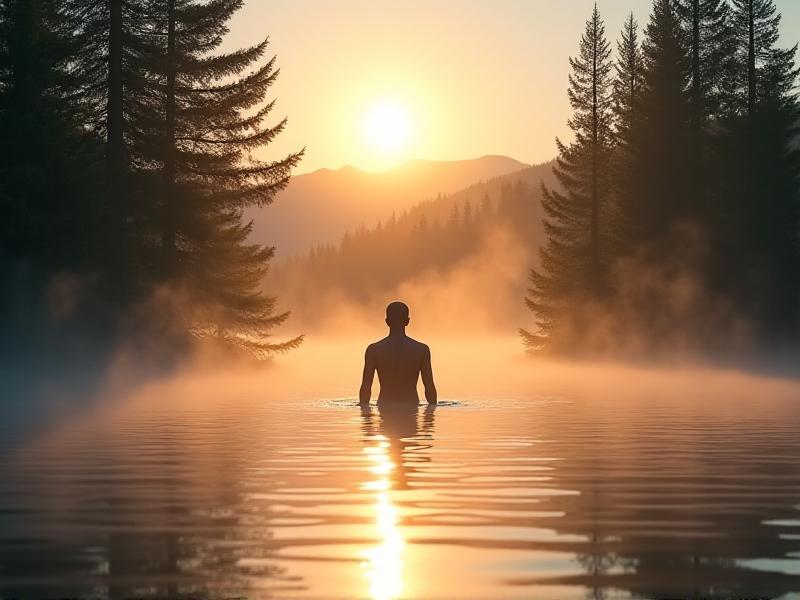
Align cold therapy with the destination’s morning to accelerate circadian adaptation. A 10 a.m. ice bath in New York, for example, tells the SCN it’s daytime—even if your body still feels like it’s 7 a.m. in Los Angeles. Morning cold exposure suppresses lingering melatonin, enhancing daytime alertness and advancing sleep phases. Avoid evening immersion, which may delay rhythm adjustment by mimicking a late-day stressor. For eastward travel, combine dawn light therapy with cold showers to “pull” the cycle earlier. Westward travelers might pair afternoon cold exposure with evening bright light to delay drowsiness. Gradually adjust timing pre-trip to minimize shock.
Practical Cold Therapy Methods for Travelers
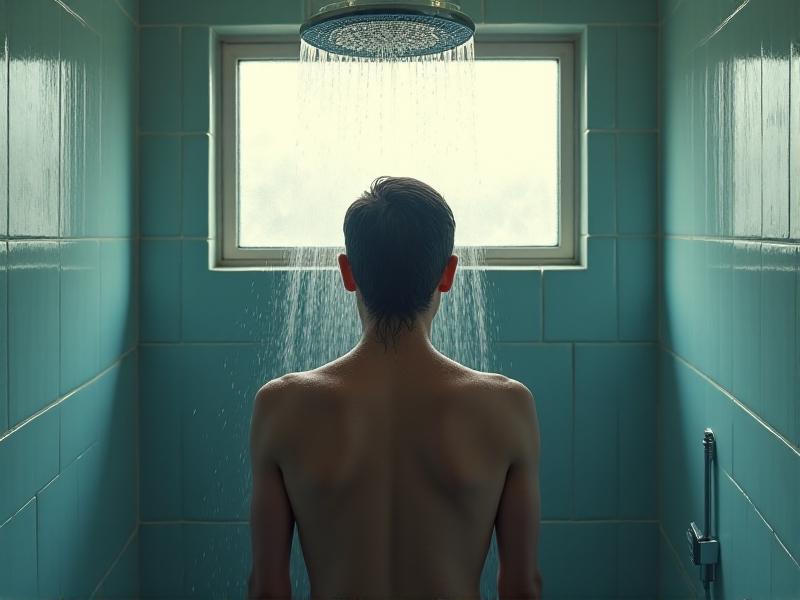
Post-flight strategies include hotel ice baths (fill tub, add 2 bags of ice), 2–3 minute cold showers, or outdoor swims. Portable options like chilled face splashes or cold packs on pulse points offer gentler alternatives. Begin with tolerable temperatures (50–60°F), progressing colder as acclimation improves. Breathe deeply to manage initial shock; focus on exhales to activate the parasympathetic nervous system. Post-immersion, allow natural rewarming—avoid hot beverages or blankets for 30 minutes to prolong metabolic activation. Pair with hydration and protein-rich snacks to support recovery.
Synergizing Cold Exposure with Other Interventions
Cold therapy amplifies when combined with timed light exposure. Use a 10,000-lux light box during morning immersion for compounded circadian cues. Post-cold exercise (e.g., a brisk walk) leverages elevated norepinephrine to reinforce wakefulness. Conversely, evening practices should prioritize warmth—herbal saunas or heated yoga—to signal winding down. Nutritional strategies like daytime fasting followed by melatonin-rich dinners (cherries, nuts) further entrain rhythms. Apps like Timeshifter can auto-calculate optimal intervention timings based on itinerary.
Mitigating Risks: Who Should Avoid Cold Therapy?
While generally safe for healthy adults, cold immersion poses risks for those with cardiovascular issues, Raynaud’s disease, or untreated hypertension. The initial gasp reflex can spike blood pressure dangerously. Pregnant travelers and immunocompromised individuals should opt for moderate methods like cool wrist rinses. Always consult a physician before combining cold exposure with beta-blockers or sedatives. Signs to stop: numbness, dizziness, or chest tightness. Safer alternatives include contrast showers (30-second cold/2-minute warm cycles) or cryotherapy chambers with controlled conditions.
Firsthand Accounts: Business Travelers and Athletes Speak
Sarah, a London-based CFO, swears by airport lounge cold showers after transatlantic flights: “I’m meeting-ready in half the time.” Endurance cyclist Mark credits post-travel ice baths with maintaining race performance: “It’s like hitting a reset button for my joints and sleep cycle.” However, Tokyo flight attendant Lena notes cultural barriers: “Many Asian hotels lack cold tubs, so I improvise with chilled green tea compresses.” These anecdotes underscore adaptability—success lies in consistent, personalized routines rather than extreme protocols.
